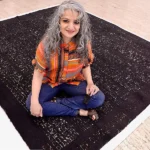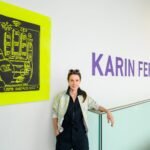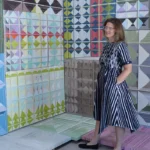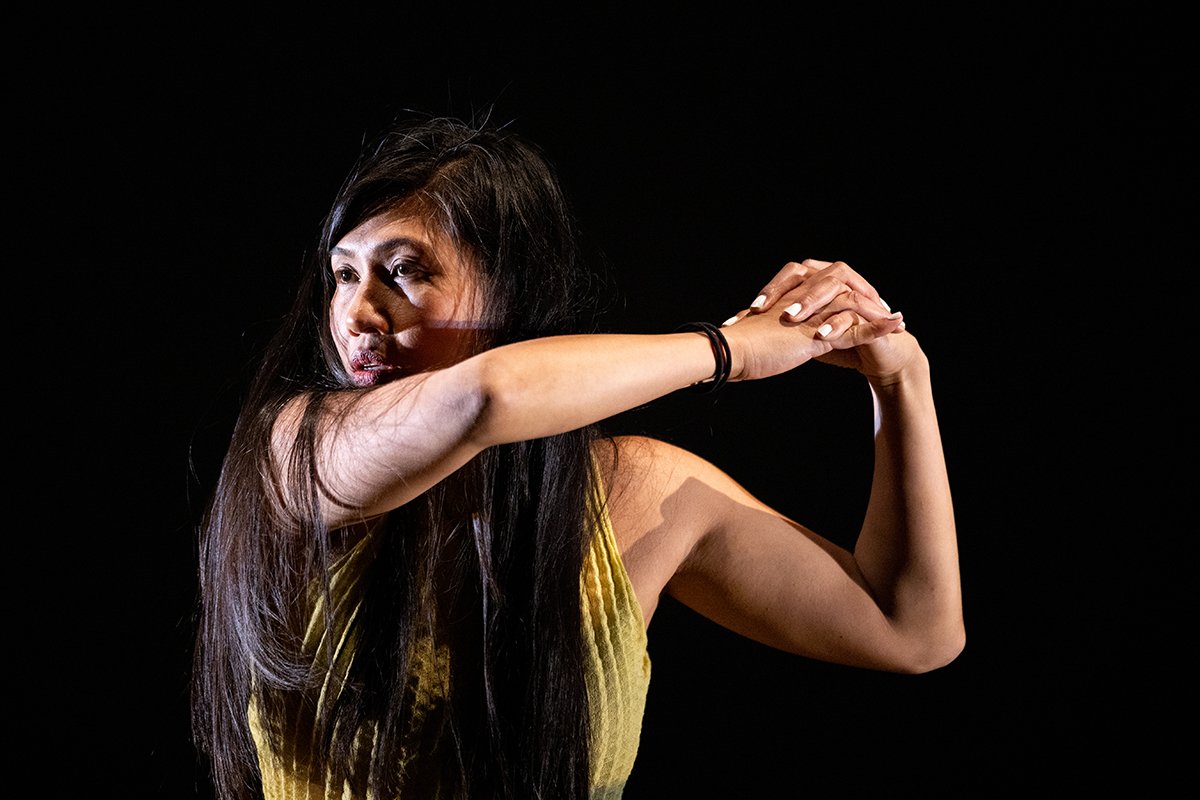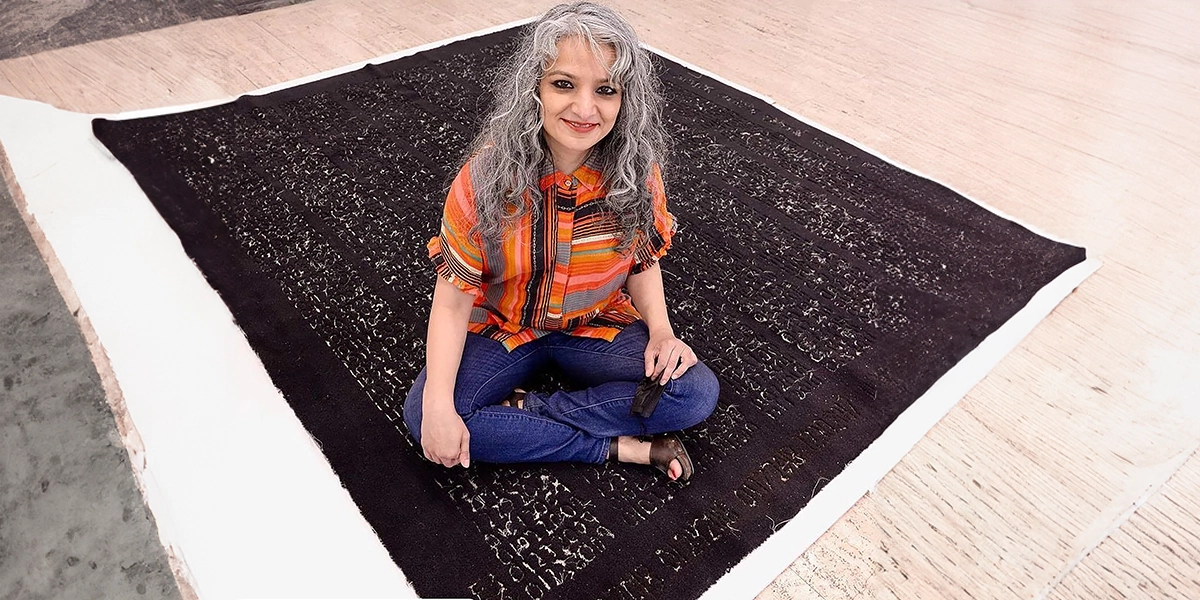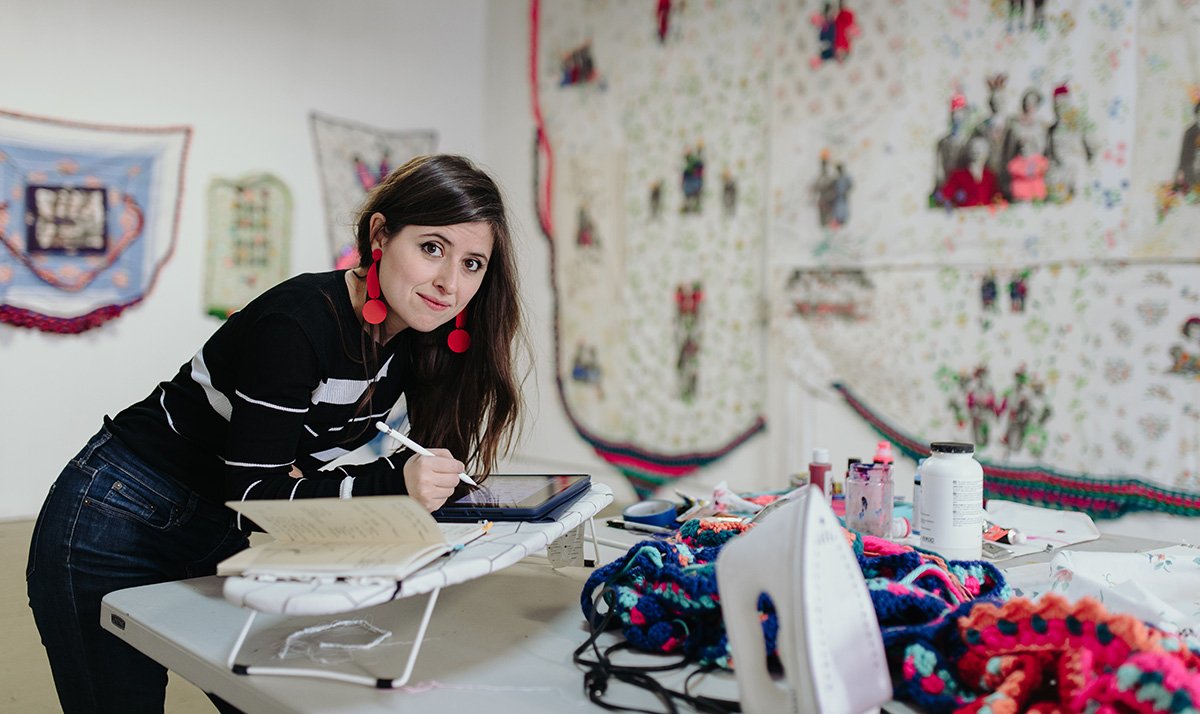Bob Chaplin on Art, Environment, and Place
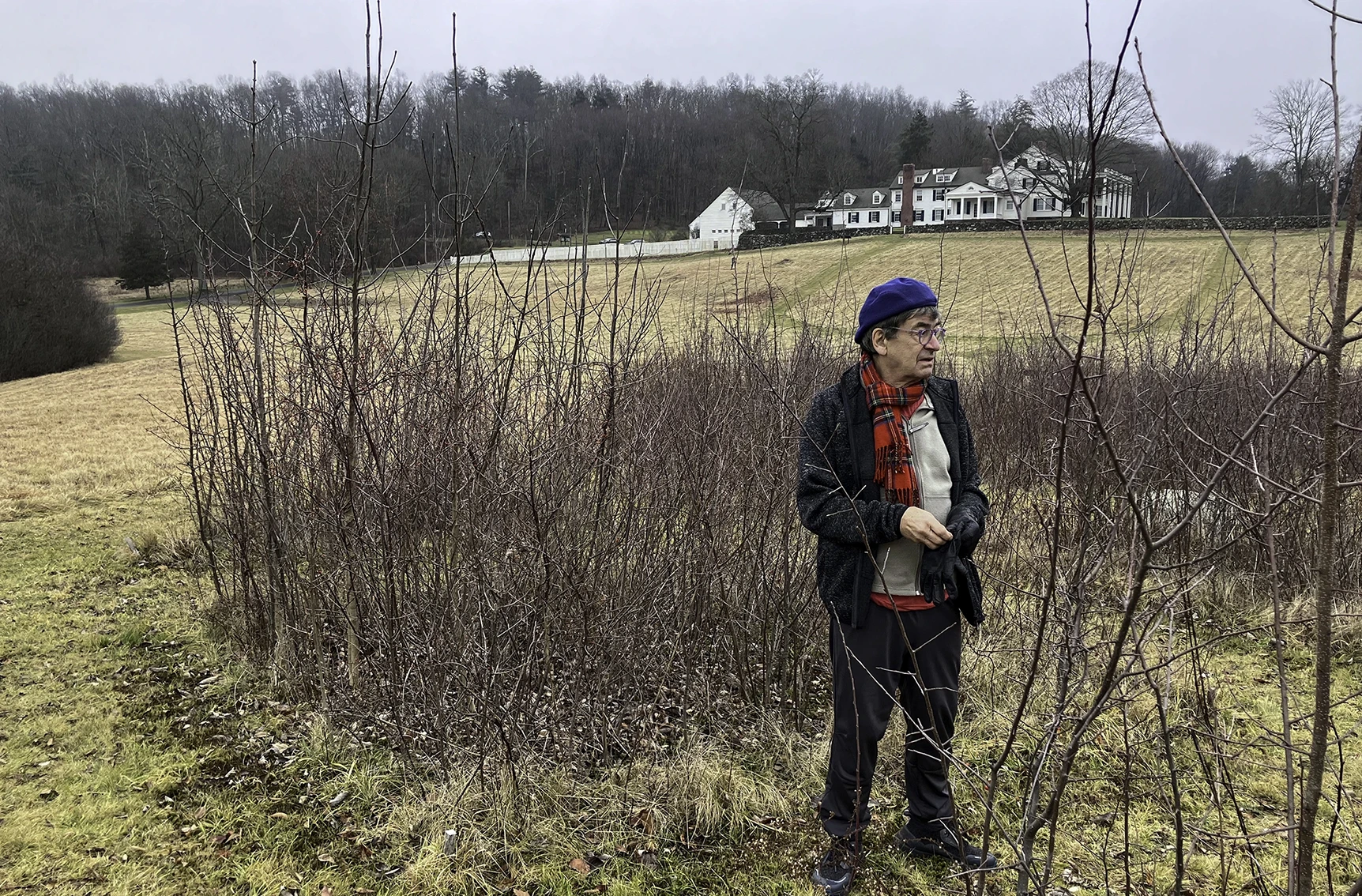
A deep dive into Chaplin’s exploration of landscapes, from urban parks to natural installations across continents
Bob Chaplin reflects on his artistic journey, exploring how diverse landscapes and cultural environments have shaped his creative process through installations, photography, mixed media, and site-specific works.
Bob Chaplin’s artistic vision offers a captivating exploration of the landscape, weaving together his experiences from both sides of the Atlantic. Since his move from England to America in the late 1980s, Chaplin has continued to expand the boundaries of landscape art, merging traditional and contemporary techniques through mixed media. His work delves into the evolving perceptions of nature and the environment, taking inspiration from the history and nuances of the land itself. Through residencies, exhibitions, and public art installations, Chaplin’s creative journey invites viewers to reconsider the spaces they inhabit, balancing the intersection of human intervention and natural beauty.
A seasoned artist and educator, Chaplin’s contributions to the field of landscape art are vast and profound. His installations at Hill-Stead Museum and the Five Points Arts Center demonstrate his mastery of site-specific art, blending formality and organic growth to engage with themes of climate change and environmental interaction. His deep understanding of place, evident in works from the UK, Norway, and the US, underscores his reputation as an artist with a global perspective. Chaplin’s passion for artistic experimentation, whether through the lens of the 20″ x 24″ Polaroid camera or the craft of hand-bound books, ensures his work remains both timeless and ever-evolving.
This interview offers insight into Bob Chaplin’s creative process, the influences that have shaped his work, and the deep connections he forms with the landscapes he transforms.
Your artistic journey spans across both the UK and the US. How has your move from England to America in the late 1980s influenced your artistic practice, and what cultural or environmental changes have had the greatest impact on your work?
I moved from a rural town in England to New York City in 1985. As a landscape artist, moving from the environ of the South Downs and its layered history, to one of the largest metropolises in the world, was daunting and invigorating. I used the parks in Manhattan for my work. Open spaces like Bryant Park and Washington Square are oases, and I used seasonal and time changes similar to how I explored landscapes in Europe. I made large collages using panoramic photographs and mixed media. My work became darker and more introspective.
You’ve had numerous residencies, including those in the Lofoten Islands, I-Park, and the Alden Weir National Historic Site. How do these diverse environments shape your creative process, and what role does place play in the development of your artwork?
Residencies offer an opportunity to work without distraction. They offered spaces to evolve ideas often related to a specific residency. The two residences at I-Park enabled me to develop concepts about the garden, wilderness and contemporary landscape. I designed installations to observe and comment on the ebb and flow of native and introduced plant species. I documented the process using photo, video and working drawings. I also explored concepts of tourism and the contemporary viewpoint of the land, including the experience of travelling through the landscape. I created performance works using interchangeable store-bought jigsaw puzzles of famous American views.
In 1993, you produced the limited-edition book Eminent Views in collaboration with Stephen Bann. Can you discuss the concept behind the book and the collaborative experience of working with a fellow artist and writer?
Stephen and I had worked together before. I enjoy our symbiotic relationship using poetic, visual and historical elements. Our travelling show, A Mythic Topography exhibited works we had created separately, and the poem prints we had worked on together. Eminent Views explored the cathartic experience of moving from Europe to America – the Old World to the New. The initial concept was to explore places from which landscape was viewed in England using natural and historical vantage points, walking panoramas and towers. This idea was expanded to include American equivalents, often using transplanted vistas. Six sites from each continent were selected, with a bridging section using the Torre del Mangia in Sienna, Italy and its transposed towers in Waterbury, Connecticut and Provincetown, Massachusetts.
Moving from Manhattan to rural Connecticut I became aware of the difference between the multi layered and stratified English landscape and the relatively young American landscape. Once there were Indian cultures, and a short time later the land was transformed by Europeans. A facet of my 1997 book ‘Mill River – River Mill’ examines the history of Connecticut mills and towns and how they quickly transformed the environment and culture.
In a recent collaboration with writer Sophie Menin, the book A Year in the Vineyard fuses text, photography and paintings. The work looks at seasonal practices and processes through the eyes of vignerons, linking stories from vineyards around the world as it traces the annual cycle of the vine, and captures critical adaptations being made in the face of a rapidly changing climate.
Your work spans several decades and has been shown internationally. How do you feel your art has evolved over time, particularly in response to the advancements in photography and technology, such as your work with the 20″x 24″ Polaroid camera?
I was commissioned to use the 20” x 24” Polaroid camera in New York two times while living in New York. It was a revolutionary medium. It produced immediate results. I was able to apply transparent layers by using differing exposures. I could paint with light. There were parallels to my screen prints and hand colored etching techniques – the interplay between photographic ‘reality’ and ‘painterly’ expression.
While I still enjoyed handcrafting books, digital advances in computer software like Adobe Photoshop and InDesign made book-making easier. ‘Mill River-River Mill’ made as an artist in residence in 1997 at The Visual Studies Workshop in Rochester, NY. used the relatively primitive technology of a Xerox Docutech printer.
You have a long-standing relationship with Norway, including representing England in Stavanger and being an artist in residence in the Lofoten Islands. What drew you to Norway, and how has your experience with its landscapes and culture influenced your artistic vision?
My relationship with Norway began with that exhibition in Stavanger. I was invited back as a visiting professor and a travelling exhibition of my screenprints, etchings and photographic panels at art galleries across Norway was organized. Through the British Council and the Norwegian government, I was invited to be an artist in residence in Svolvaer in the Lofoten Islands. My travelling exhibition met me there and in the show in the Kunstnercenter I showed my recent Norwegian works together with works inspired by the British landscape. One thread that ran through these works was the cultural interplay of language and placenames.
You’ve been involved in both solo and group exhibitions at prestigious venues such as The Tate Gallery, Victoria and Albert Museum, and The Queens’ Museum. How do you approach preparing for solo shows versus group exhibitions, and how does the context of the exhibition space affect how you present your work?
Solo exhibitions allow control of the exhibition space. I work closely with the gallery director to establish as much editorial control as I can. There’s usually no such mechanism for group exhibitions. My last solo show at the Five Points Gallery in Torrington, Connecticut in 2021 required making a table to display working drawings and books in juxtaposition with wall hung works. It was important to establish a dynamic between these elements.
Over the past 20 years my main body of work has consisted of landscape installations. The concept of A Natural Parterre at Hill-Stead Museum in Farmington, and at Five Points Arts Centre in Torrington, Connecticut are antitheses of the formal garden. Information plaques describe the concept behind the works and encourage interaction with the public. School children use the sites to observe flora and fauna, invasive species and climate change. It’s now part of their arts/science curriculum.





